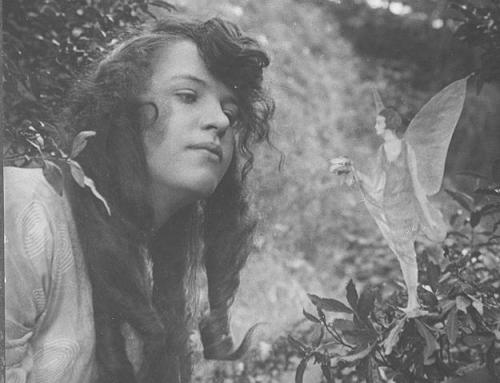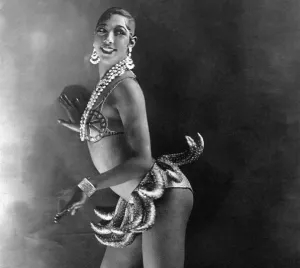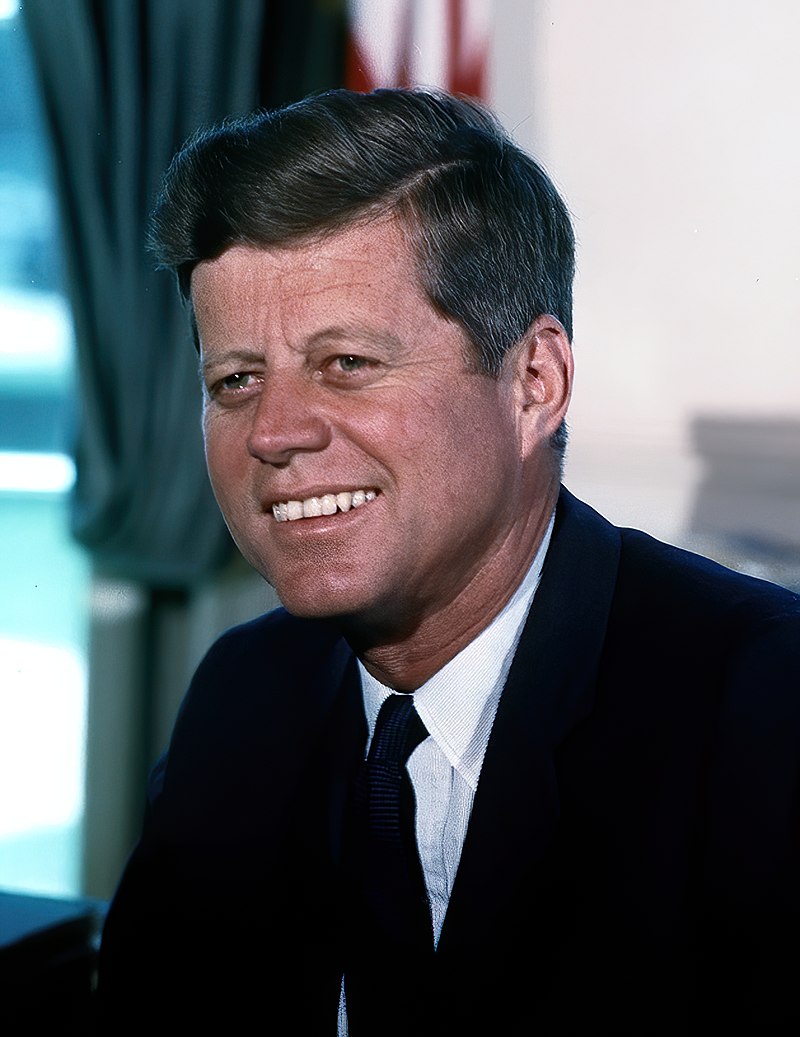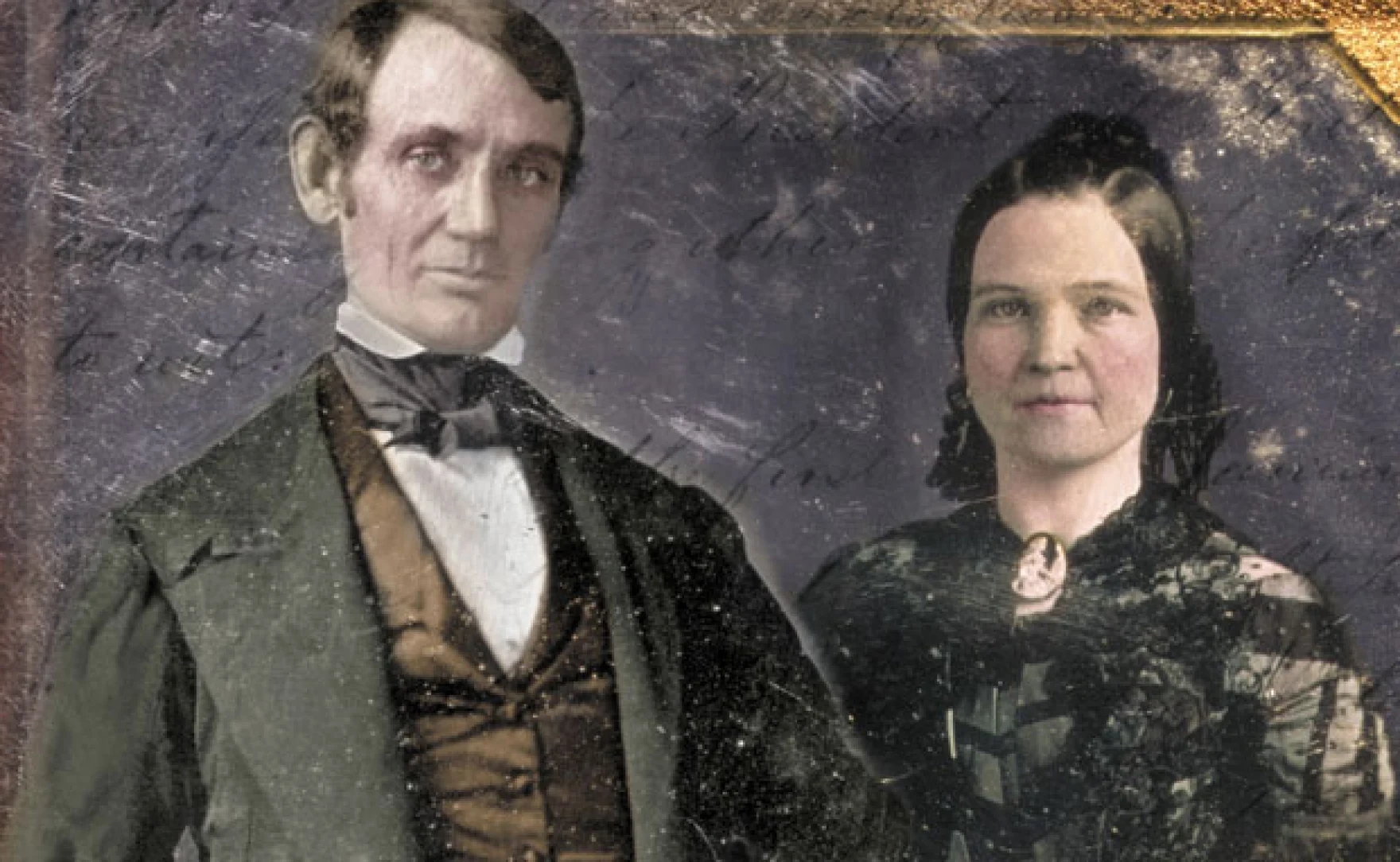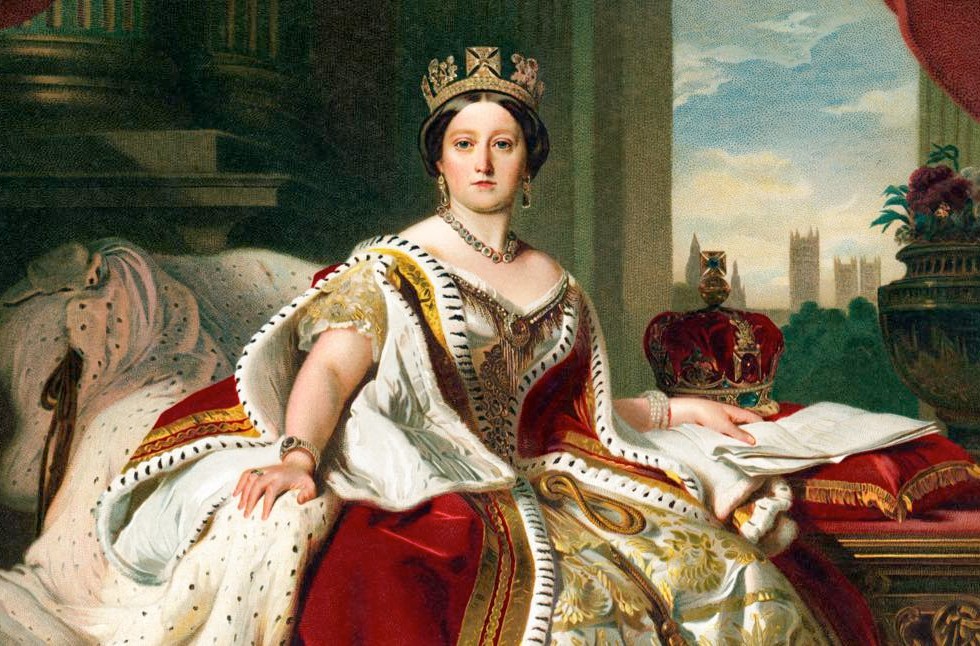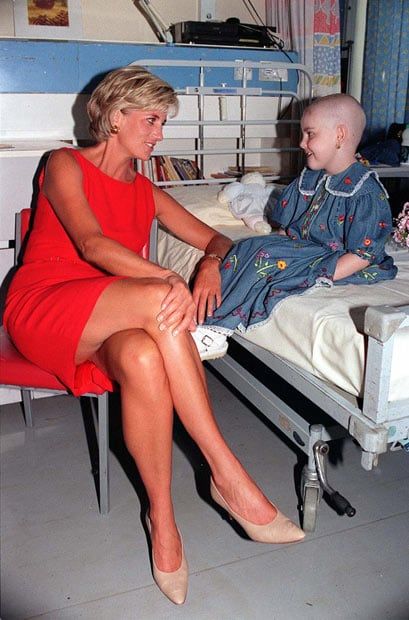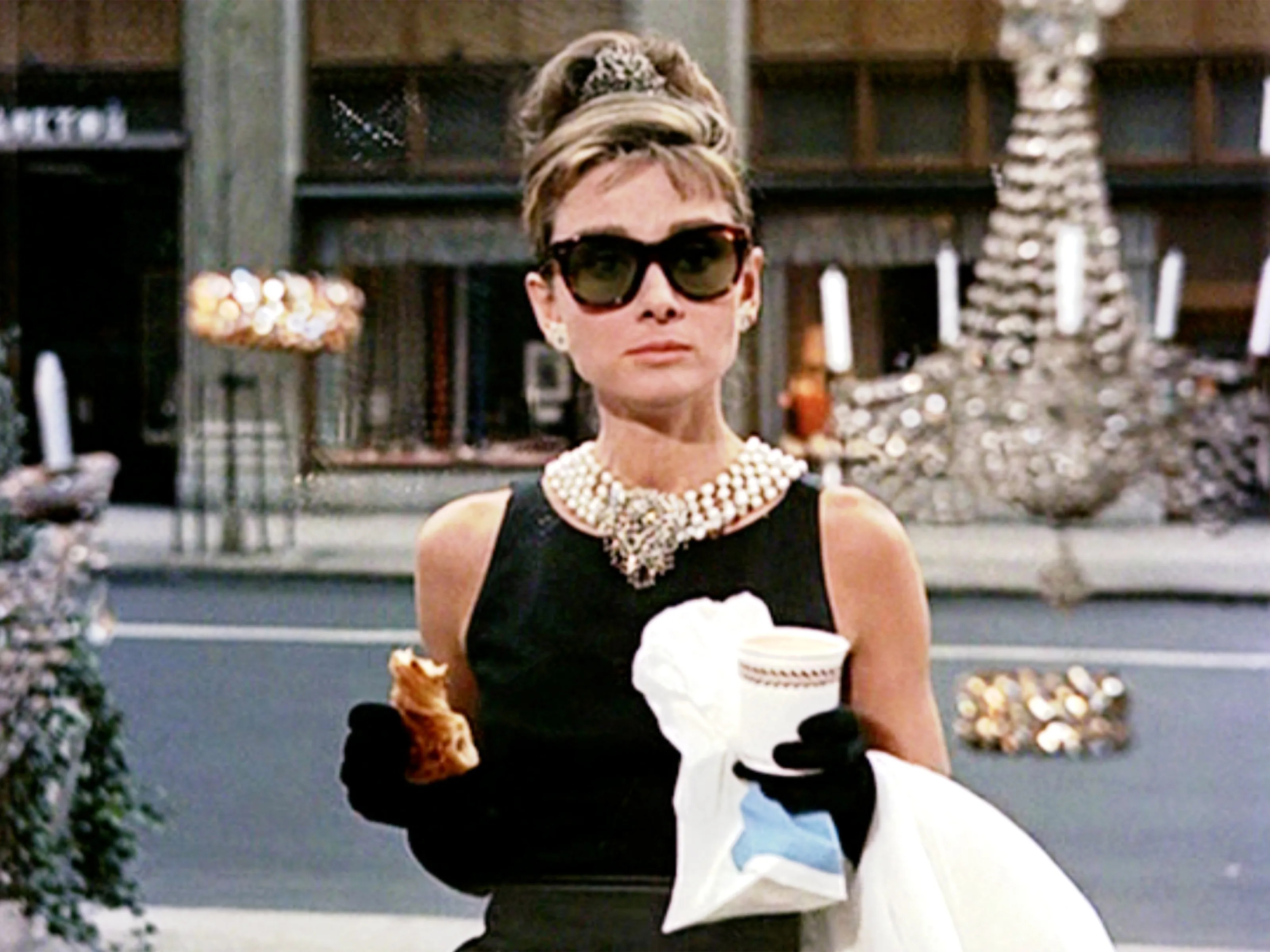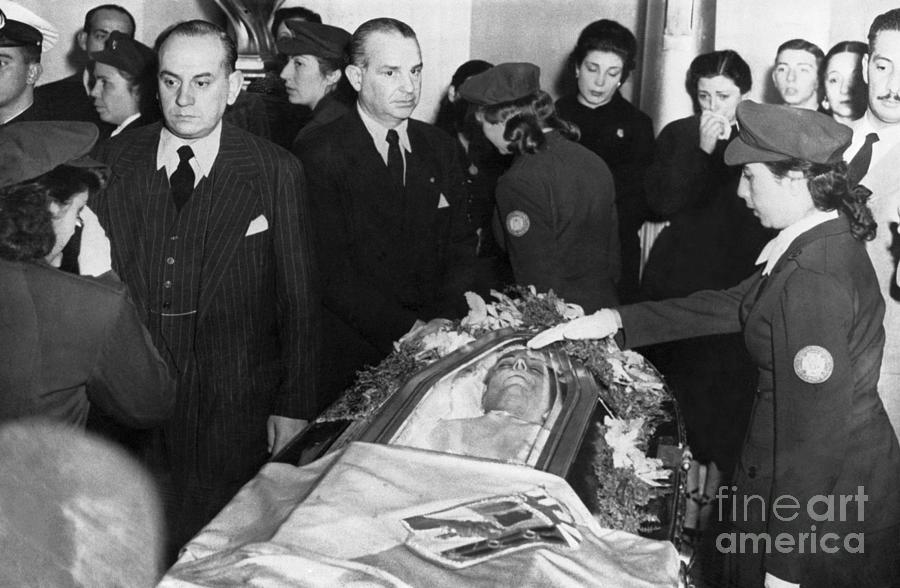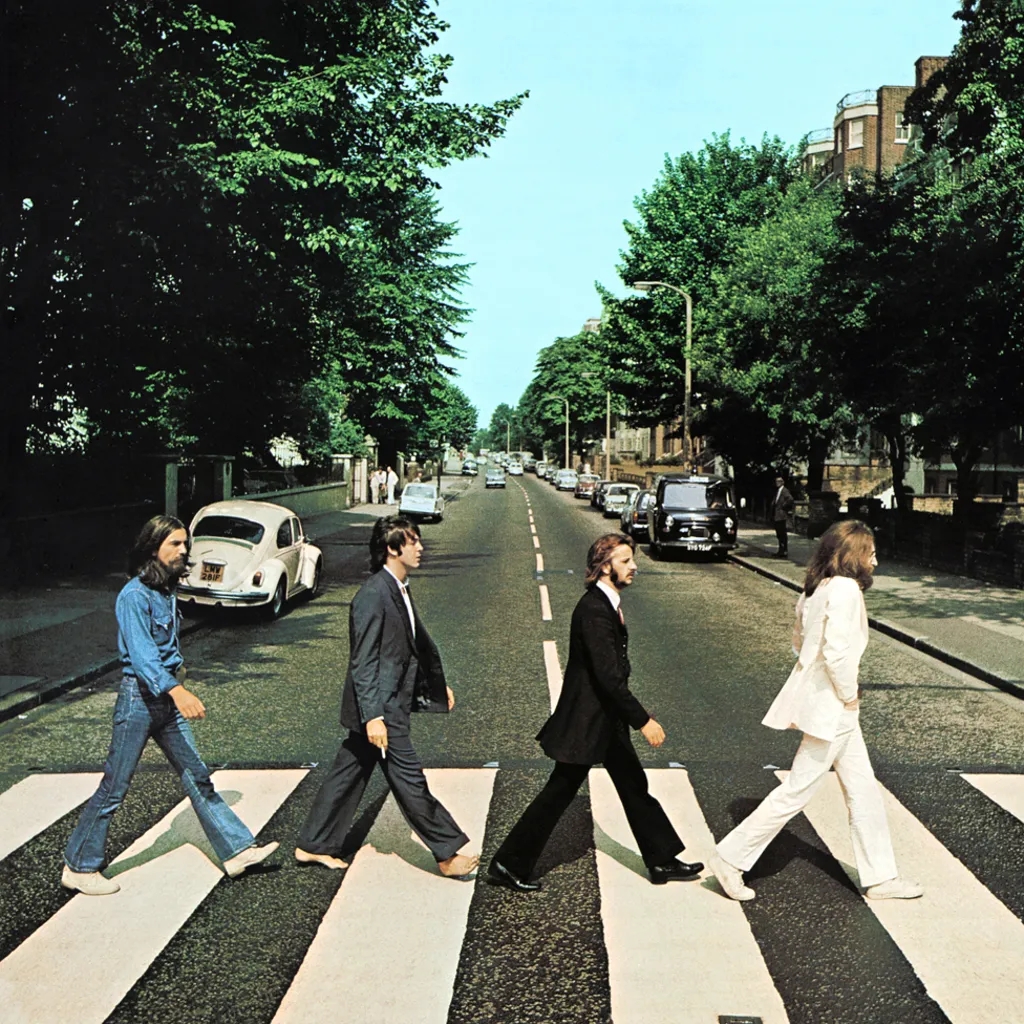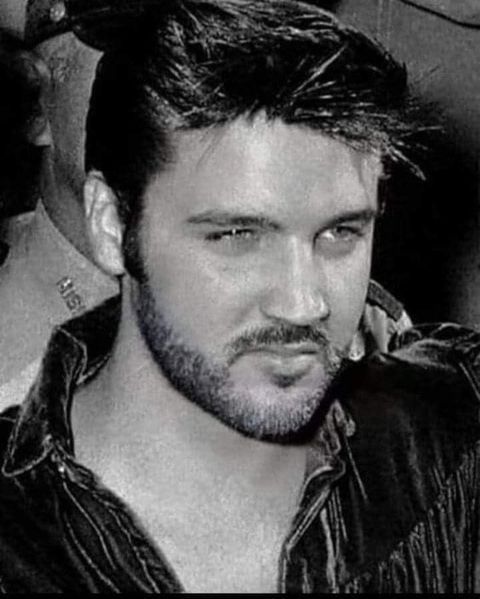
Frances Griffiths is shown playing with fairies in Cottingley Beck, near Bradford in England, in 1917. Her cousin Elsie Wright was the photographer. This is one of 5 photographs the cousins took of themselves playing along a creek with dancing fairies.
Do you believe in fairies? Frances Griffiths, 16, and her cousin Elsie Wright, 10, did. They claimed to play with dancing fairies along the enchanted stream [the beck] behind Elsie’s house in Cottingley Village, England – and they had 5 photographs to prove it. There in the frames, dancing around the girls, were four female fairies!
When Elsie’s parents saw the photos, they didn’t know what to think. Elsie’s father examined them and proclaimed them clever fakes. But Elsie’s mother wasn’t so sure. Mrs. Wright wanted to believe the girls, as she was a spiritualist. [Among the country folk in England at the time was a lively fairy-faith. ] The parents searched the girls’ shared bedroom and around the beck for scraps of paper to reveal tomfoolery. Still nothing turned up. Mrs. Wright was inclined to believe the girls. Her husband made his camera off-limits.
Time passed. At first the photographs were only shared with close friends and family, but, in 1919, Mrs. Wright attended a lecture on fairy life, bringing the prints with her. By 1920 the prints had come to the attention of one of the leading spiritualists of the time, Edward Gardner, who examined them and had two new negatives made, clarifying the pictures.
The story of the Cottingley fairies got even more attention when Sir Arthur Conan Doyle (creator of the Sherlock Holmes mysteries) learned of them.

Detective Sherlock Holmes and Doctor Watson, played by Basil Rathbone and Nigel Bruce. The characters of Holmes and Watson were created by British doctor Sir Arthur Conan Doyle, a renowned spiritualist.
Sir Arthur Conan Doyle was famous for more than his books. He was an outspoken believer in the spirit world. He immediately believed the Cottingley fairy story and began writing letters to the Wright family in support. Doyle published his book The Coming of Fairies in 1922, maintaining until his death that the Cottingley fairies were real.
Still, public opinion was divided. Supporters claimed the photos provided long-awaited proof of the existence of spirits. Others said the photos were nothing more than clever fakes. The Cottingley Fairy Photos caused heated debate. Nevertheless, the girls held to their story, even as they aged.
Finally in 1983 Elsie came clean. She divulged in a letter to a friend that the photographs were indeed a hoax. She described how she and Frances had used the fairies in Princess Mary’s Gift Book as inspiration for cut0uts. They then used hatpins to prop up the paper dolls in the bushes for pictures.
Elsie insisted that they had meant no harm. They were just having a bit of fun. It had been Elsie’s idea as a way to get back at her parents for scolding her little cousin. Evidently, her mother and father had gotten angry with Frances for getting her clothes wet one day while playing in the beck. Frances had claimed to be playing with fairies when she’d fallen, and the elder Wrights had teased her. Elsie had come up with the idea of taking the first pictures to have the last laugh. All along they had planned on confessing their little trick until Arthur Conan Doyle got involved. By then, the matter had grown so out of proportion thatthe girls became terrified of a public backlash should they confess.

